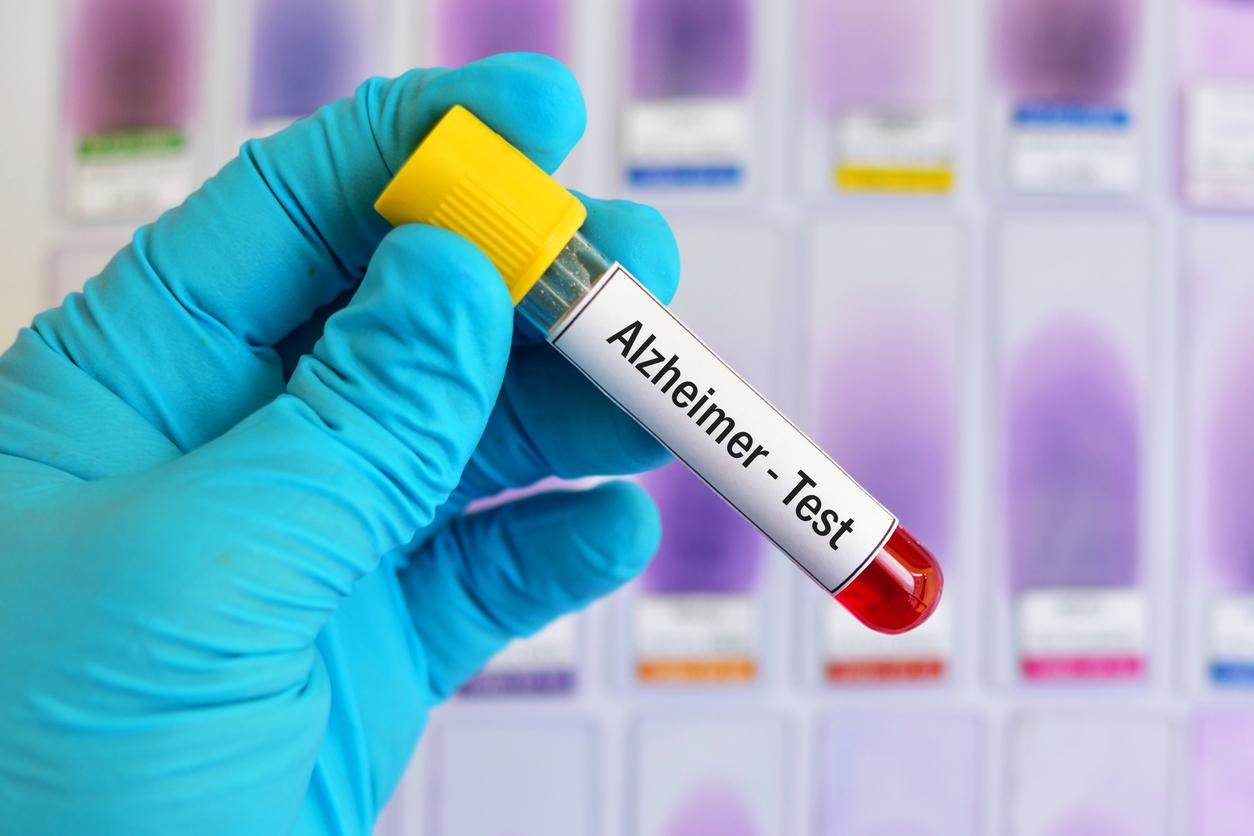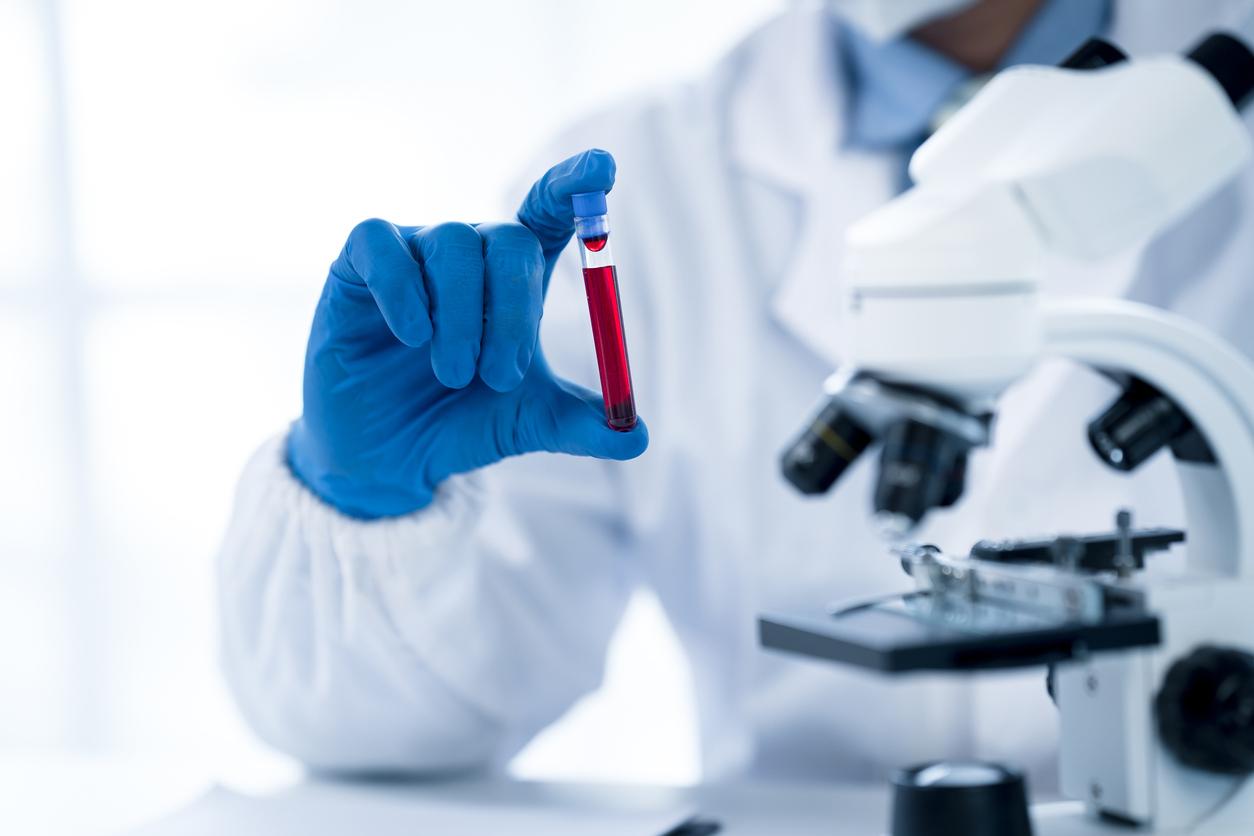An early biomarker of type 1 diabetes has been identified. It could make it possible to prevent its appearance with the help of new therapeutic strategies.

Detecting type 1 diabetes before it occurs would be possible. Some cells in the body show alterations even before the first signs of the disease, as discovered by researchers from the Cochin Institute (Paris), associated with colleagues from the Necker-Enfants Malades university hospital (AP- HP).
The cells in question are MAIT lymphocytes (Mucosal-Associated Invariant T cells), which are associated with the mucous membranes and are able to recognize the microbiota.
This discovery, published in Nature Immunologysuggests that these cells could constitute a new biomarker for early detection of type 1 diabetes. They could even constitute a therapeutic target in order to prevent the appearance of this autoimmune disease.
The microbiota involved
Type 1 diabetes is an autoimmune disease resulting from the destruction by the immune system of beta cells in the pancreas. These are responsible for secreting insulin. Their destruction is most often attributed to self-reactive T lymphocytes.
But the innate immune system – which is the body’s first line of protection – also plays an important role in the onset of type 1 diabetes. MAIT cells are one of them. They are activated by bacteria, and in particular, those of the intestinal flora, the microbiota.
However, in type 1 diabetes, there are alterations in the microbiota (“dysbiosis”) and anomalies of the intestinal mucosa. This is why researchers have been interested in the potential role of MAIT cells in these disorders.
An early biomarker
This study was carried out on animal models of type 1 diabetes, as well as on human blood samples from patients followed at the Necker-Enfants Malades hospital. In both cases, MAIT cells are damaged even before type 1 diabetes occurs.
When diagnosed in children, these MAIT cells are also less common in the blood compared to children without diabetes. This phenomenon could be explained by an increase in the migration of these cells in the pancreas, whose tissues are in inflammation.
The hypothesis is all the more plausible since, in mice, an increase in the number of MAIT cells is directly observed in the pancreas. They also seem to be directly involved in the destruction of beta cells in the pancreas, as demonstrated by experiments in animals and on human cells. in vitro.

A therapeutic target
The role of MAIT cells in type 1 diabetes does not end there. They present a functional defect which would come into play during alterations of the intestinal mucosa, common in type 1 diabetes.
This is because MAIT cells are normally responsible for maintaining the balance of the intestinal lining. But they partly lose this ability in the context of autoimmune diabetes. Result: the mucous membrane is more permeable to bacteria. A phenomenon that can promote autoimmune reactions. This discovery could therefore pave the way for new therapeutic strategies in type 1 diabetes.
.














